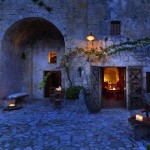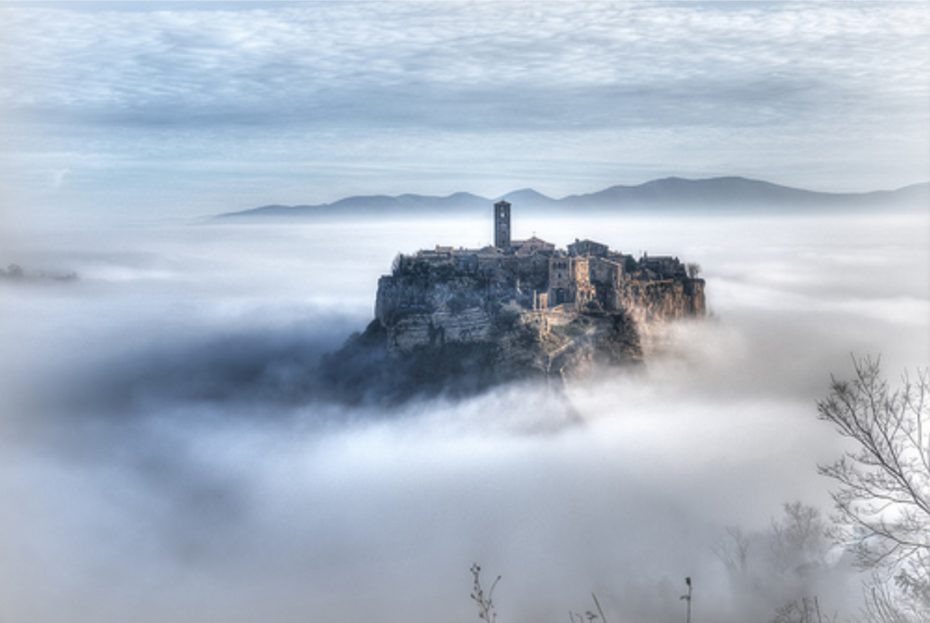
When you’re looking to escape the tedium of modern and mainstream tourism, sometimes the only way is up. Today, our armchair travels will take us to some of the most remote (and highest) villages in the world, from Europe to middle America to Egypt. But of course, we’re not just going to drop you on the highest mountain in the middle of nowhere with nothing to do! To inspire your next adventure we’ll research local activities, where to stay and discover obscure little anecdotes about these elevated villages frozen in time….
Civita di Bagnoregio, Italy
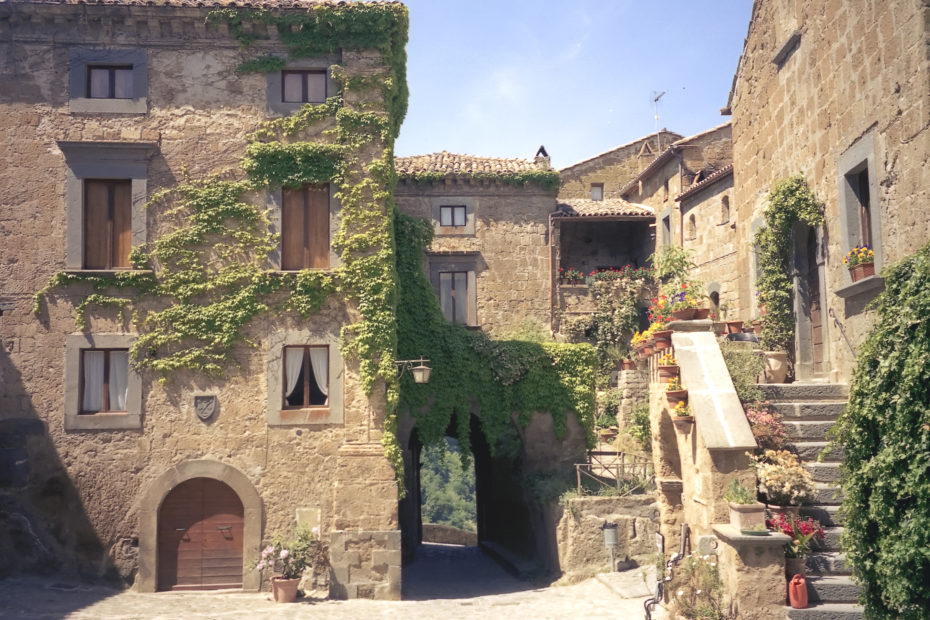
Also known as “The Dying Town” (La città che muore), on a cloudy day, the historic site of Civita di Bagnoregio can almost live up to its name – floating above the clouds as if it were a town that had died and gone to heaven.
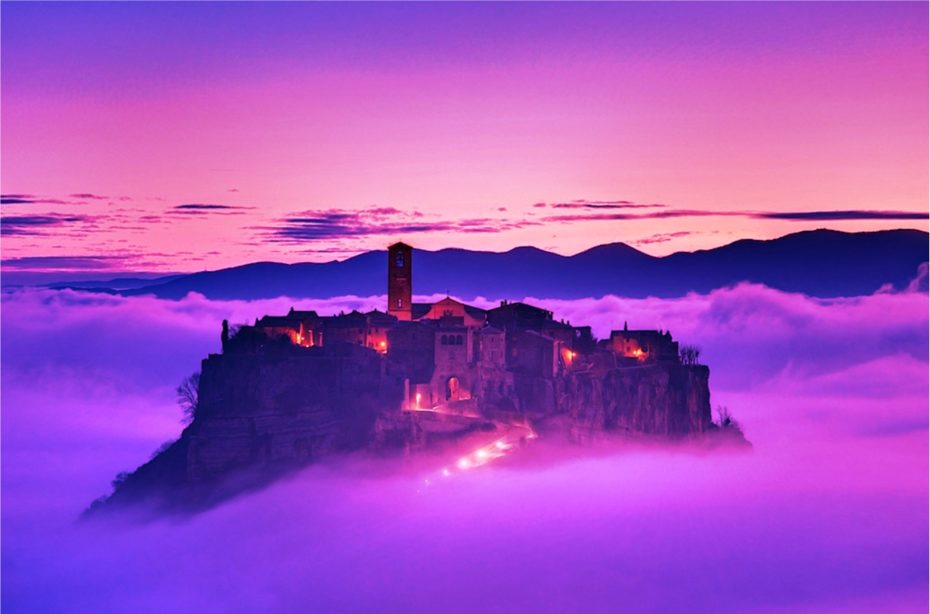
Accessible only by a footbridge today, it was founded by Etruscans more than 2,500 years ago, perched on top of a a plateau of volcanic rock overlooking the Tiber river valley at an altitude of 1440 ft. The old town began a steady decline in the 16th century, accelerated by earthquakes, world wars and the constant danger of collapse due to erosion. This town was the birthplace of Saint Bonaventure, but his childhood home has long since fallen off the edge of the cliff, a fate several other buildings may also soon face. There have been plans proposed toto reinforce the plateau with steel rods and the town was placed on the World Monuments Fund’s “Watch List of the 100 Most Endangered Sites”.
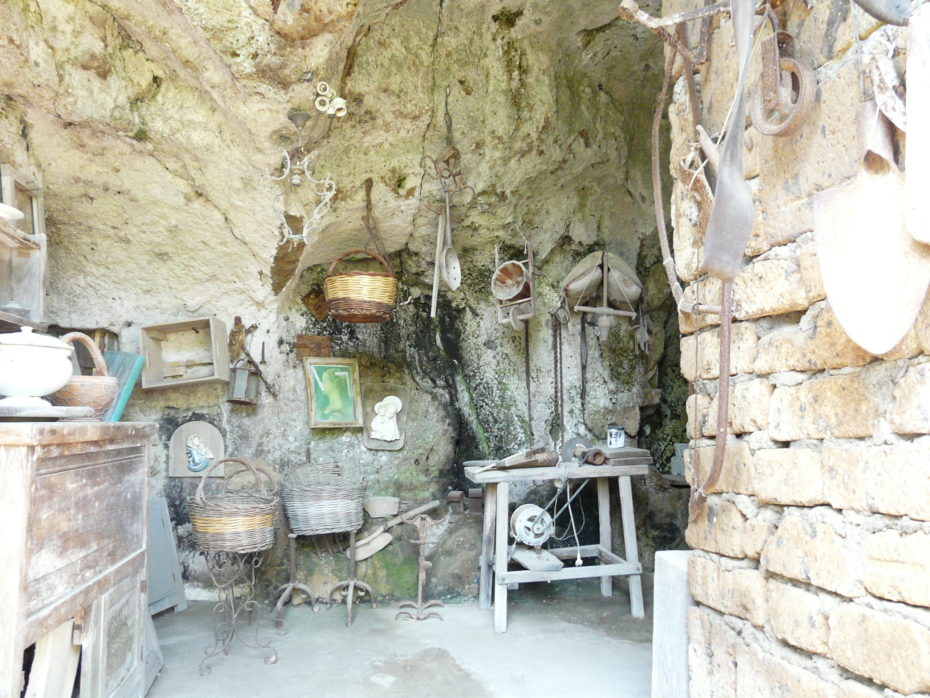
In spite of all this, Civita di Bagnoregio has been experiencing a tourist revival in recent years. Gucci’s creative director Alessandro Michele also owns a home in the town that owes much of its unaltered condition to its relative isolation. In the summer, the population rises to around 100 and drops to just 7 people in winter.
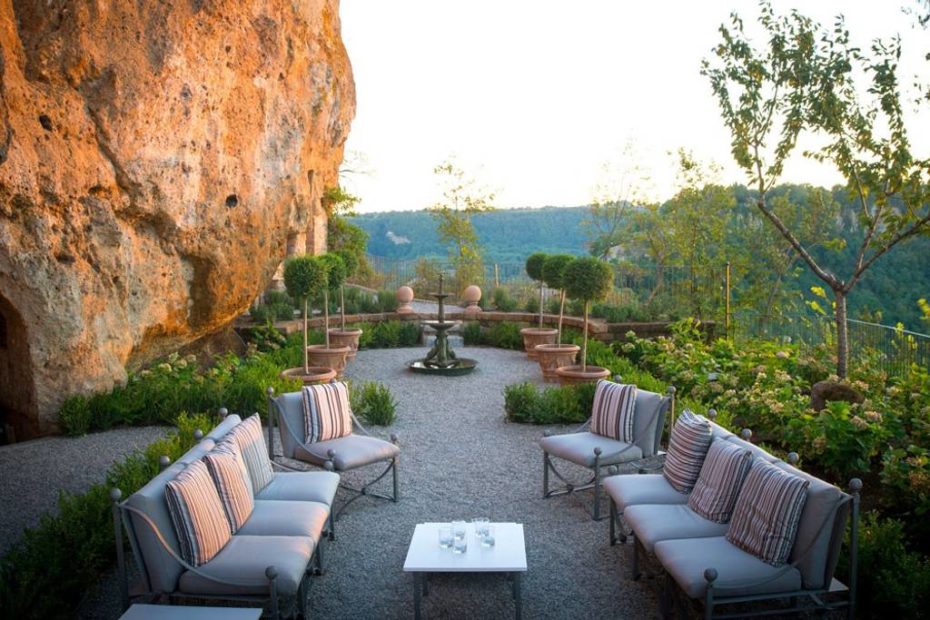
The town’s only public phone is at the piazza, the site of donkey races on the first Sunday in June and the second Sunday of September. A series of caves at the east end of town, one of which was made into a chapel can be visited too. There are also a few restaurants and this charming little Bed & breakfast open year round from €62 a night.
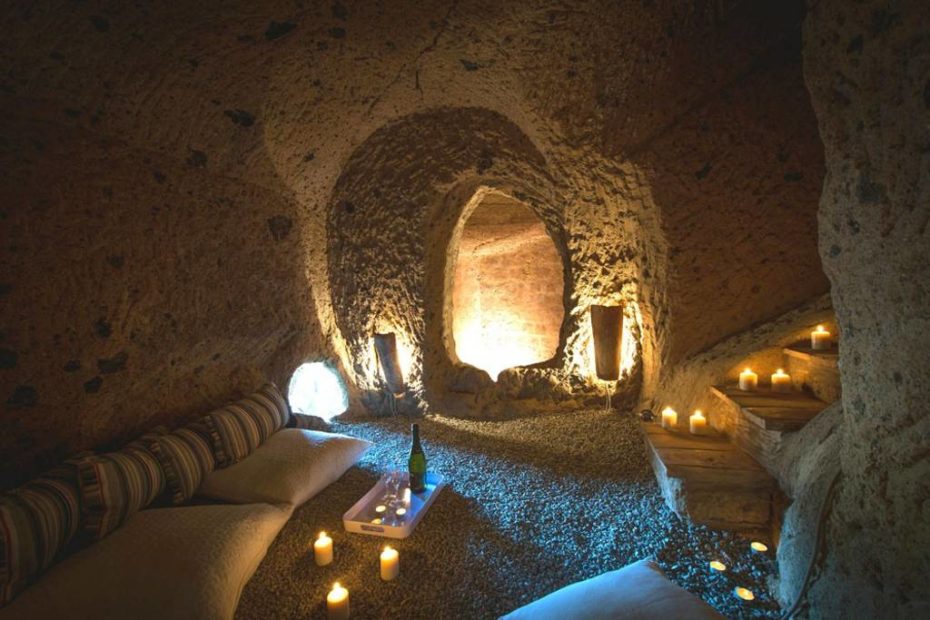
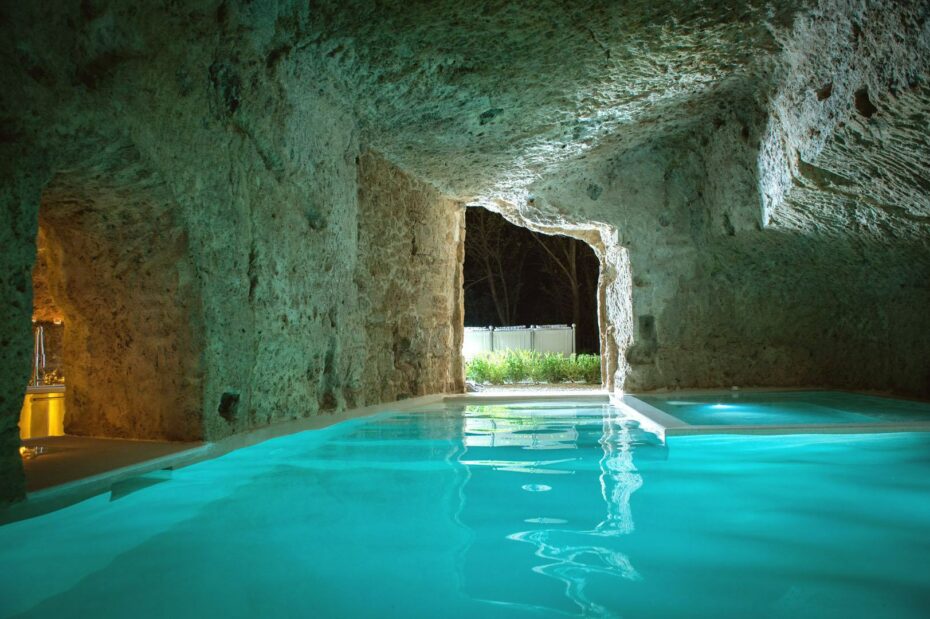
I also found this rather impressive house for rent on Airbnb, and a few other options here. Last year, Civita was visited by 850,000 tourists, with Chinese accounting for 18 percent to 20 percent. We’d recommend visiting in the off-season to avoid the crowds, but in the summer, once the day trippers get back on the road, the town is all yours.
Ushguli, Georgia
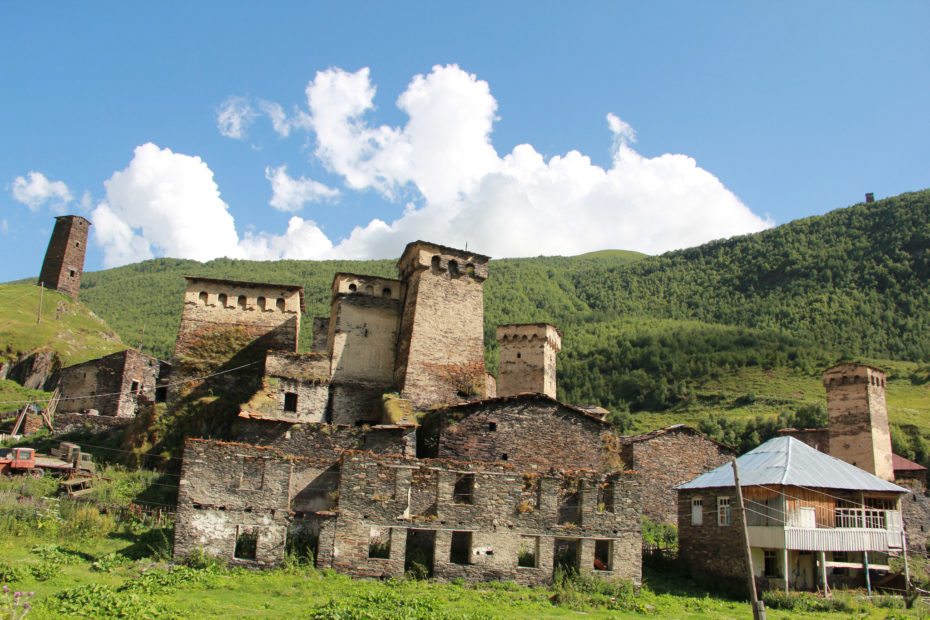
Ushguli is one of the highest continuously inhabited settlements in Europe, located at an altitude of 2,100 metres (6,900 ft). For half of the year, this remote area near one of the highest summits of the Greater Caucasus mountains, is covered in snow, cutting off road access and making it impossible to reach the ancient village by car for long periods of time. On the bright side, Ushguli’s inaccessibility has preserved its 12th century architecture and traditional way of life. There’s also a pack of big fluffy adorable dogs the size of horses watching over the village and its livestock…
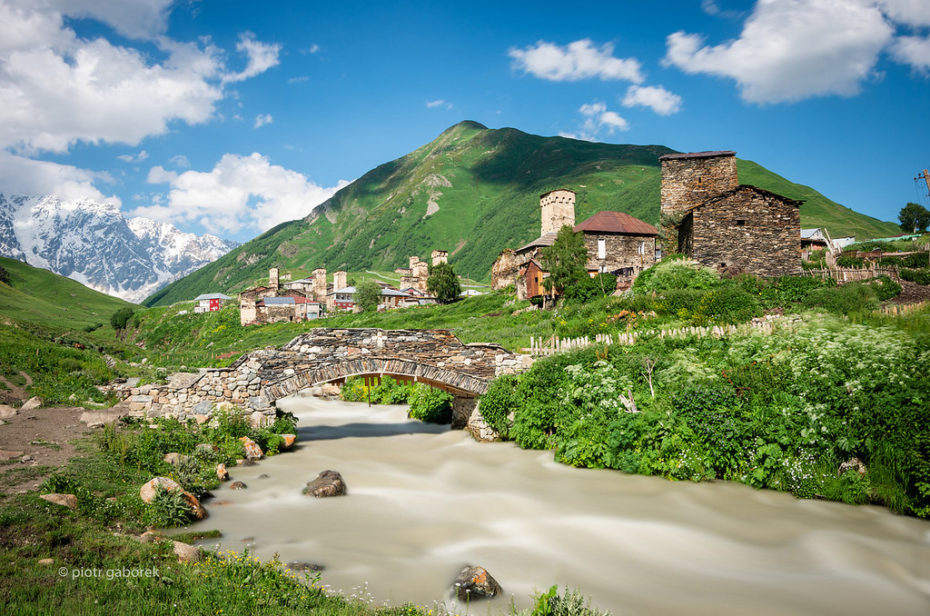
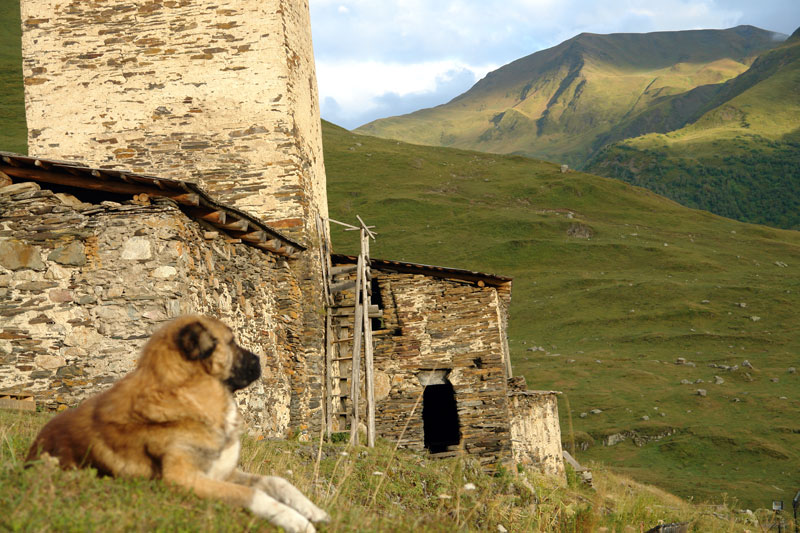
Ushguli has been classified as a UNESCO World Heritage Site, as part of the Upper Svaneti, a historic province in Georgia. Throughout the village, the medieval defensive tower houses are still standing, as well as the 12th century chapel.
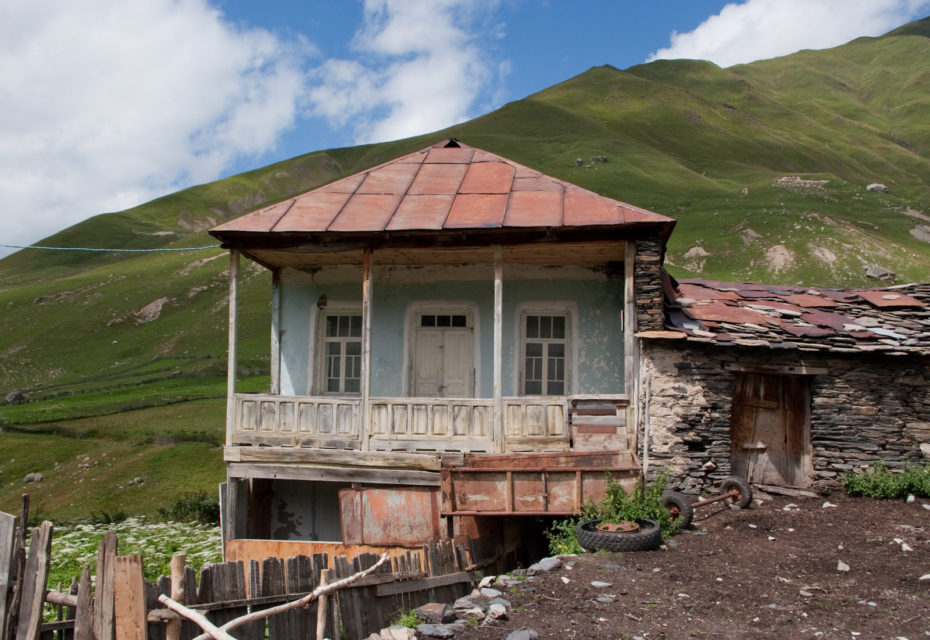
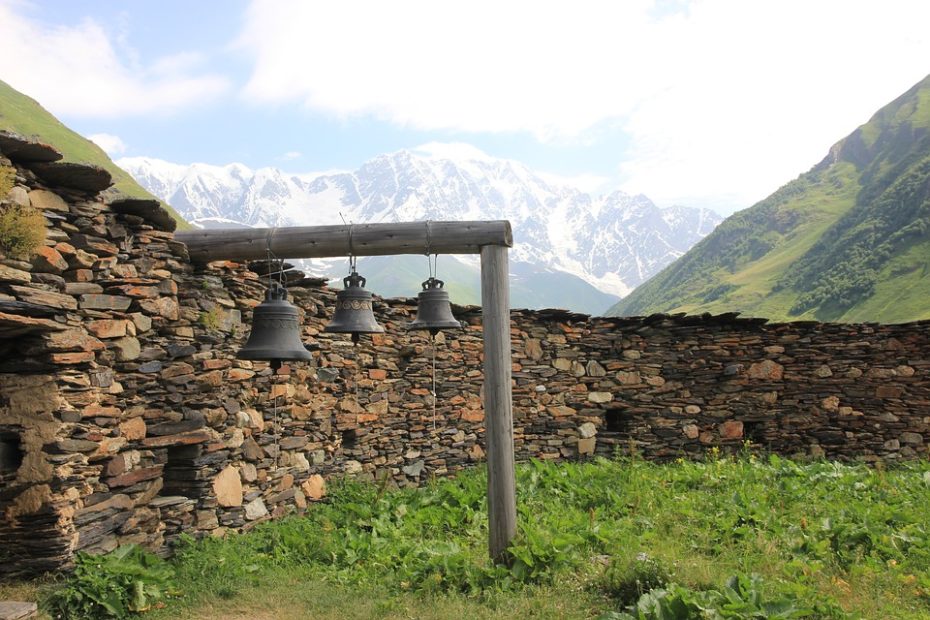
An estimated 200 people live in the area and the community shares a small school with surrounding villages. A famous and reclusive surrealist artist, Pridon Nijharadze, lives in one of the neighbouring villages of Georgia’s most remote village. The Soviets had put him in an asylum after he protested against the ban of the Georgian language. In Ushguli, they speak an archaic Georgian dialect.
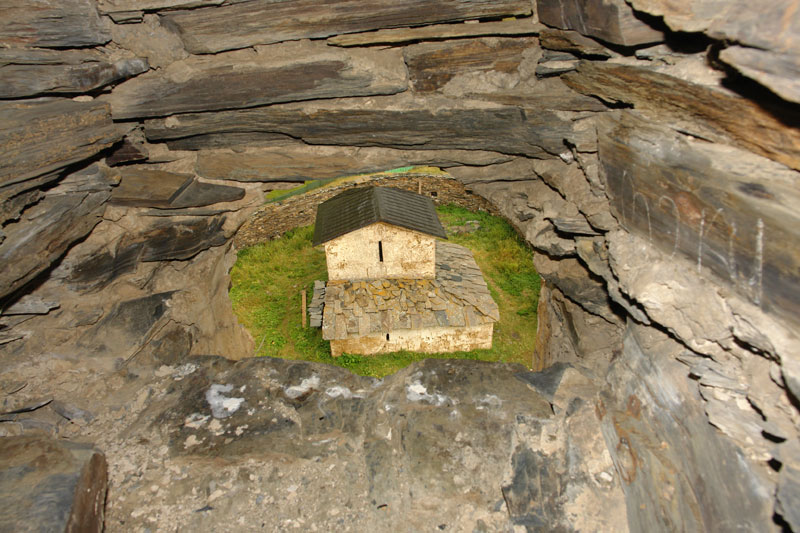
You can take a 5 day adventure through the Svaneti region, trekking through the mountains, taking cooking classes in the villages and you can even stay the night in one of those medieval towers.
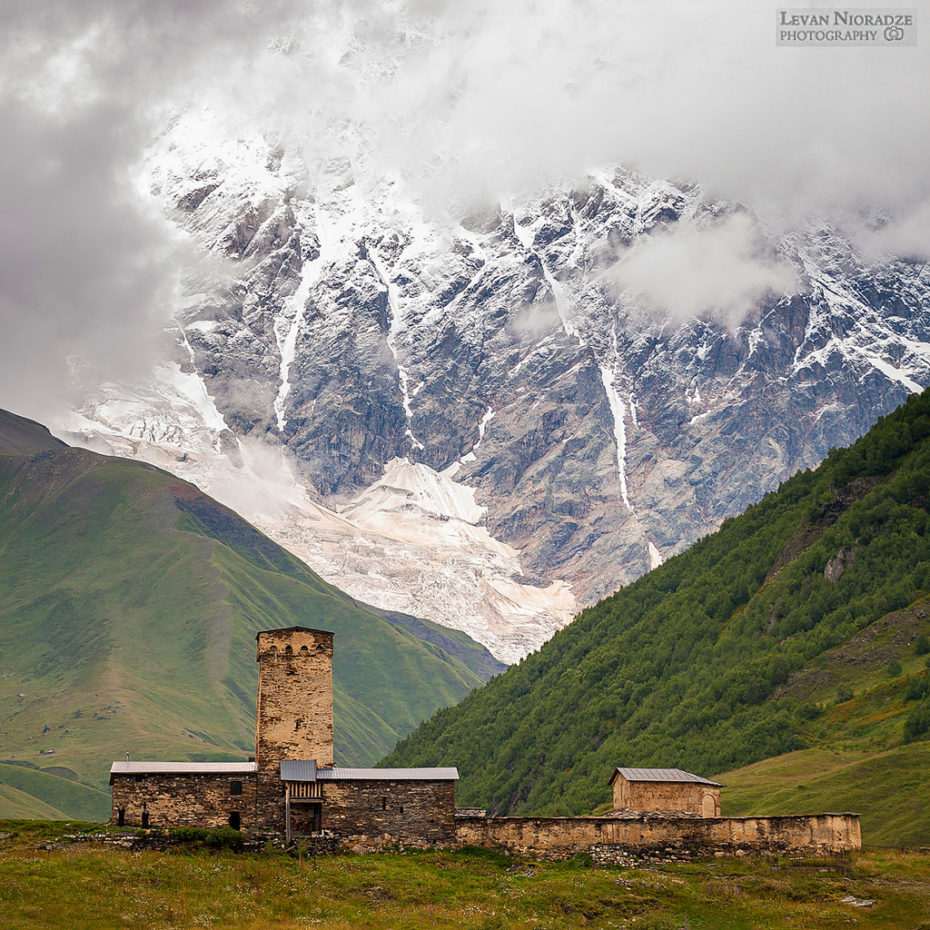
Find a list of guesthouses here or an organised trip for you here. Talk about a time out.
Al Sogara, Oman
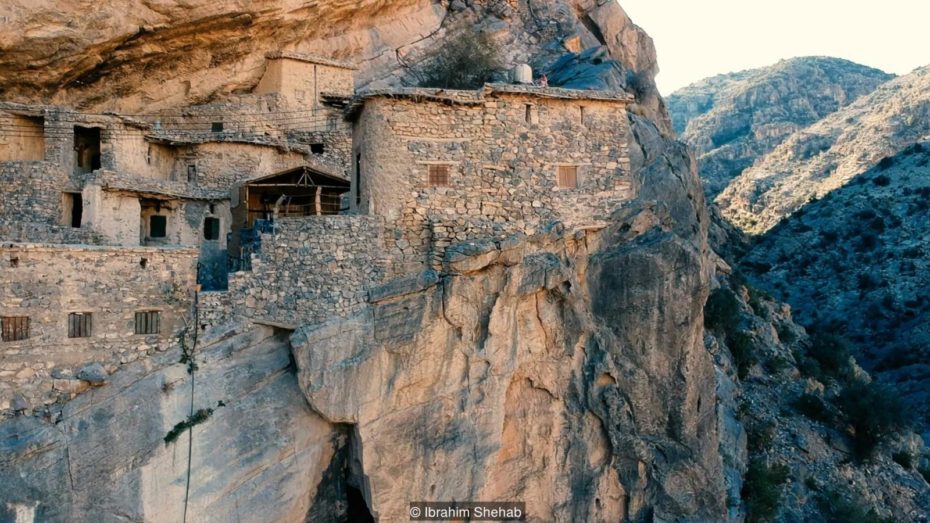
The BBC recently did a great feature on a hidden cave village carved into a cliff of a 2,980m-high massif known as the ‘Green Mountain’ in mountains of Oman. The isolated village is over 500 years old and until just over a decade ago, had no electricity of phone lines. The region has an ingenious irrigation system dating back to 500 AD which channels water from underground springs using gravity.
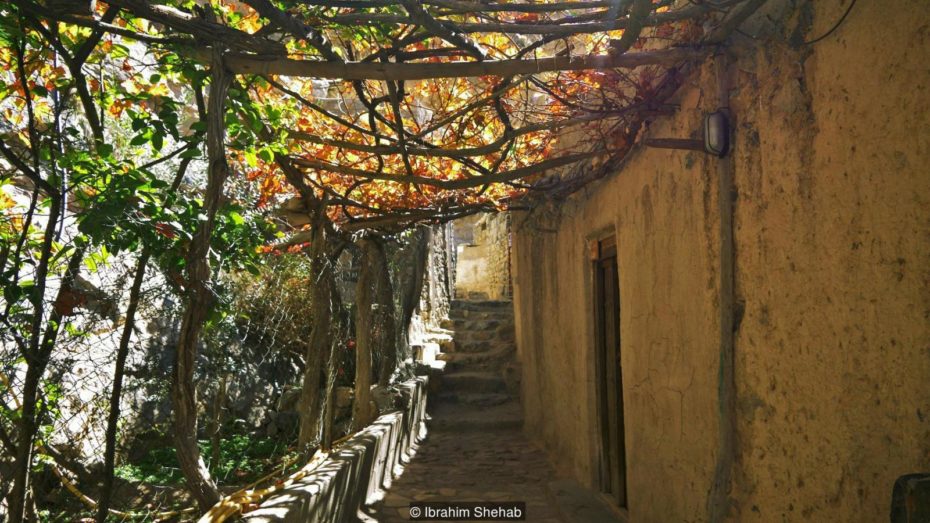
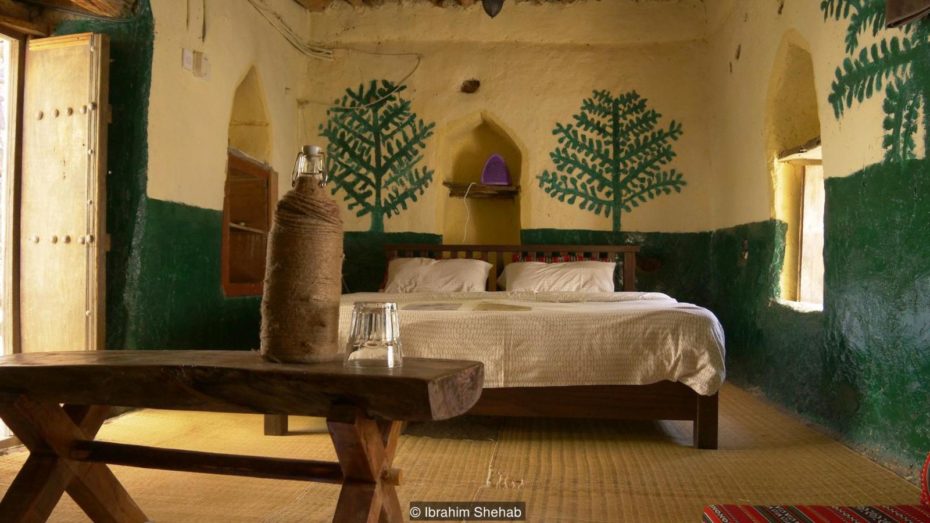
The BBC report, photographed by Ibrahim Shehab also showed evidence of a guest house in the remote and untouched village – but didn’t give a name. So we did a little digging and found it – on Airbnb of all places! Fancy that for a place that didn’t have electricity until 2003.
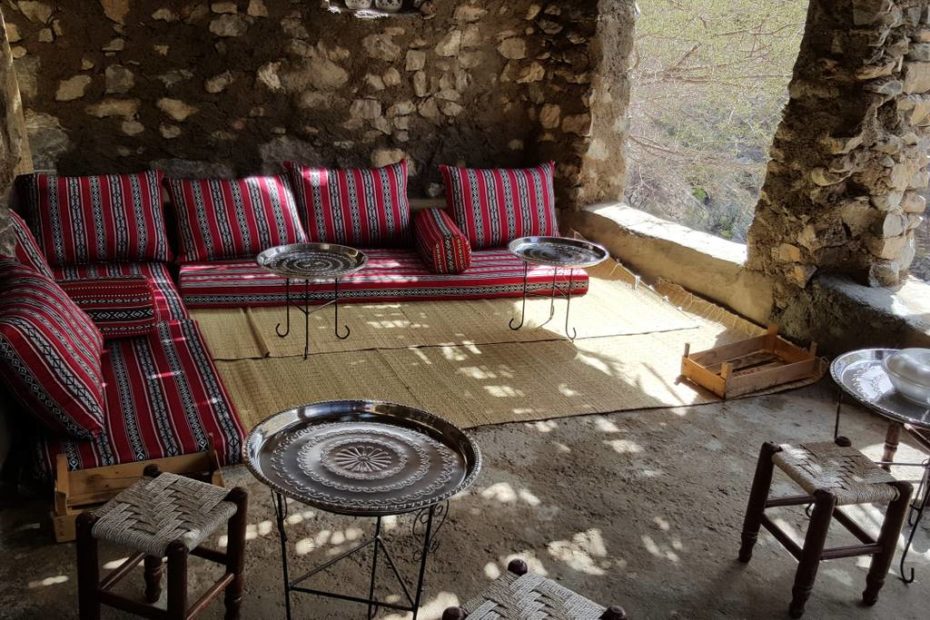
To Reach the village there is small Hike through the Valley of 20min and guests are advised to keep their bags light. The friendly villagers are happy to take the guests through the old village. The Cliff guesthouse costs €136 a night.
Alma, Colorado
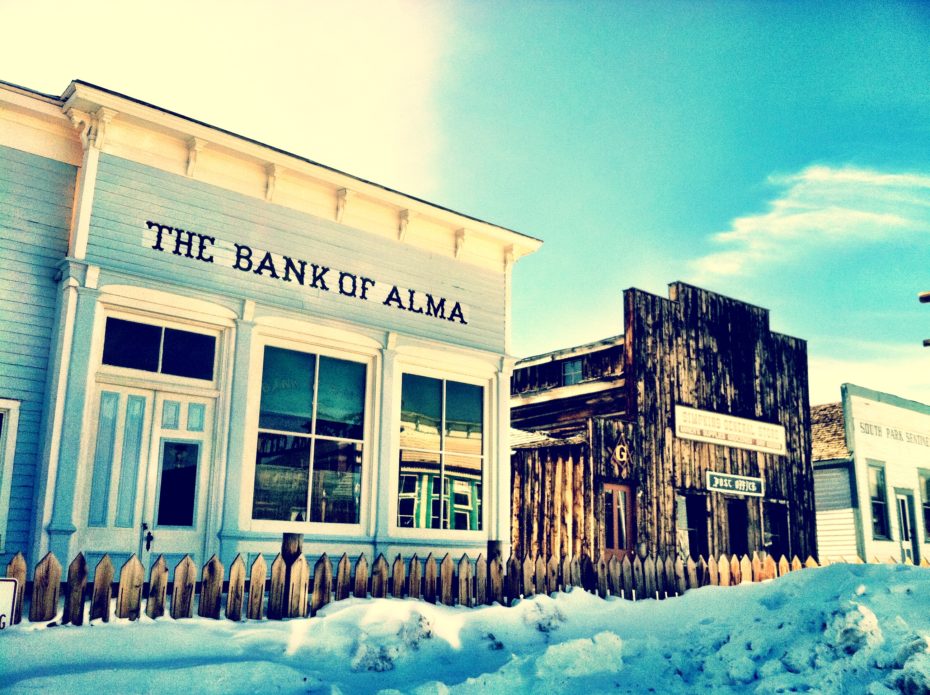
Alma is the highest incorporated municipality in the United States and can claim the title for the highest post office in the country. The current population of Alma is around 235. It’s thought the town was named after the beautiful daughter of a local shopkeeper.
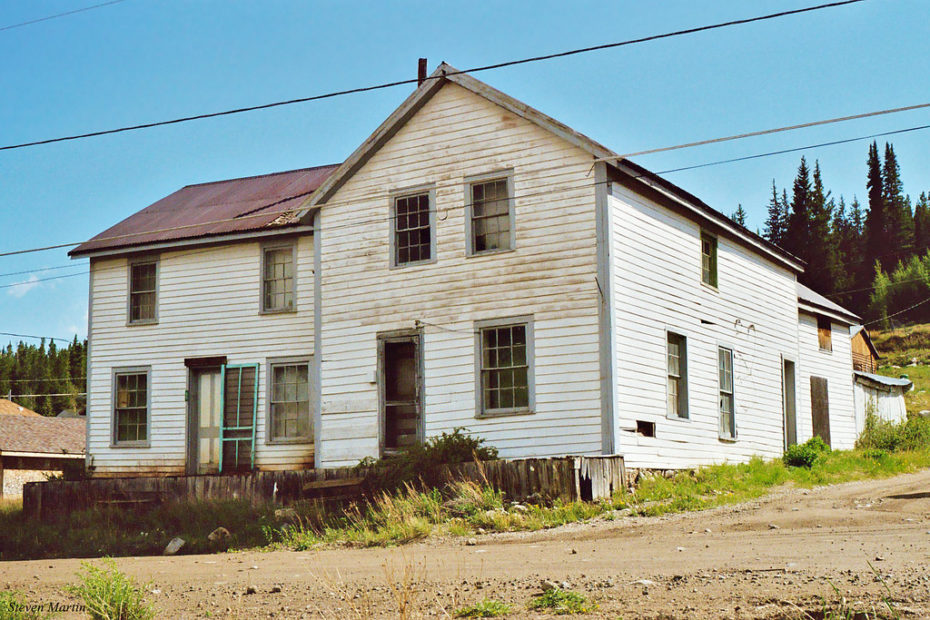
Most of its Main Street (pretty much the only street) looks like an old frontier town with old cabins and old Western false front architecture.
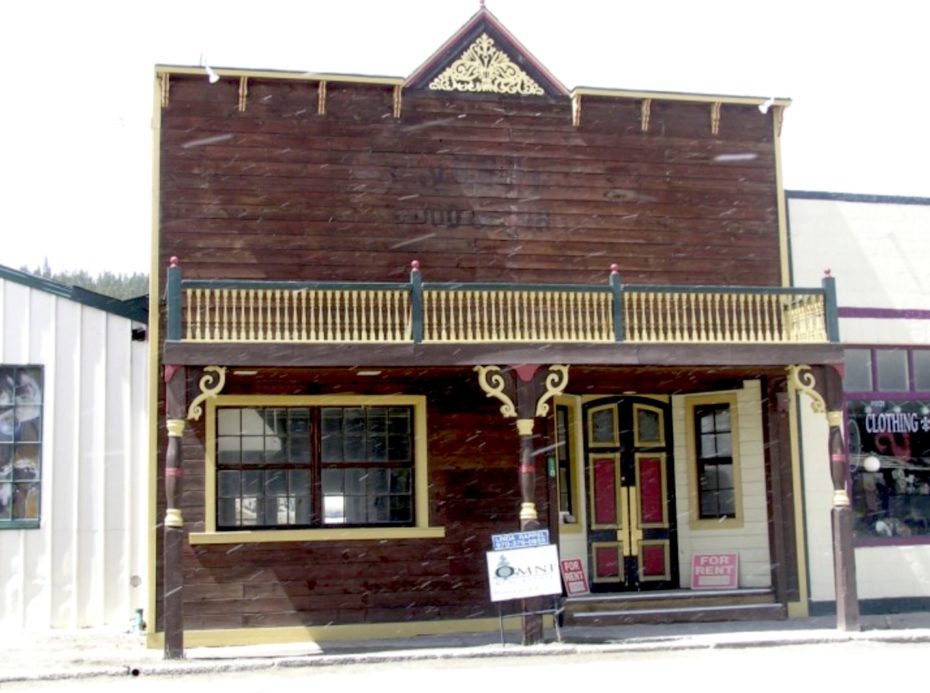
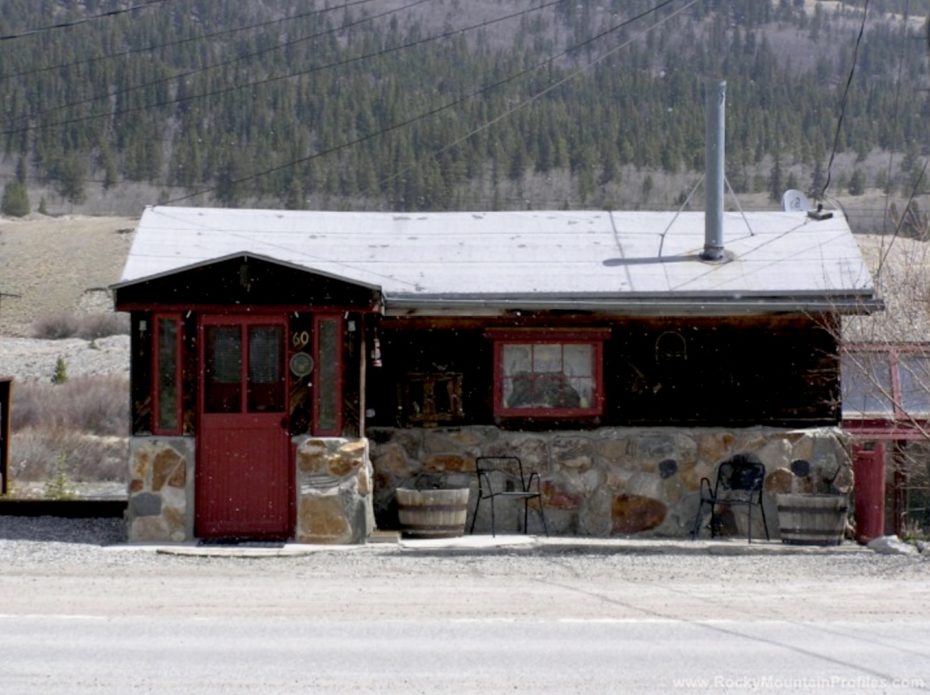
In the next town just up the road, you can visit an authentic restoration of a Colorado mining Boomtown. The South Park City Museum has forty-four authentic buildings filled with over 60,000 artifacts – seven of the buildings are on their original sites; the others have been moved from abandoned camps and ghost towns in the region.
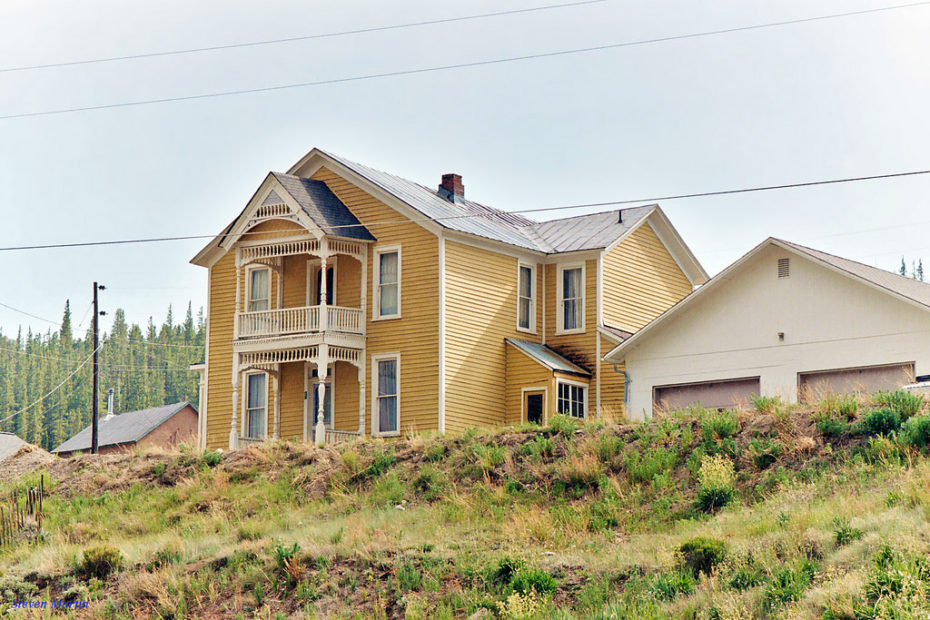
You can rent a room in the 140 year old Victorian hotel (pictured above), which has today been converted into a private home. Alma is located thirty minutes from the summit county ski areas.
Kibber, India
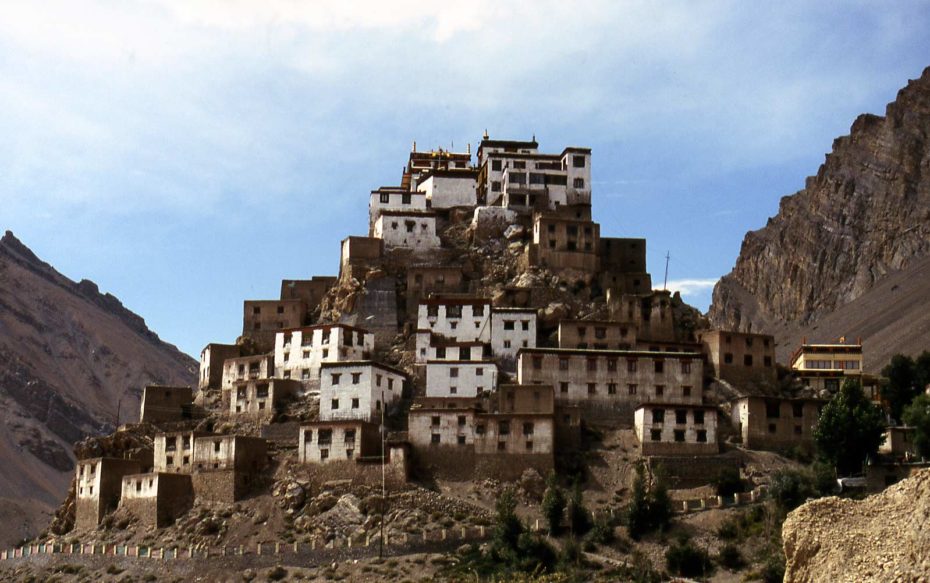
There is a single television for the village that sits high in the Spiti Valley in the Himalayas at 4270 metres or 14,200 ft. It’s so remote that it’s home to a wildlife sanctuary since 1992, where up to 30 snow leopards have been found by wildlife researchers. The village has a monastery, a high school and a post office and residents count on the 3 day traditional trade route that goes through the region to sell their horses for yaks or cash.
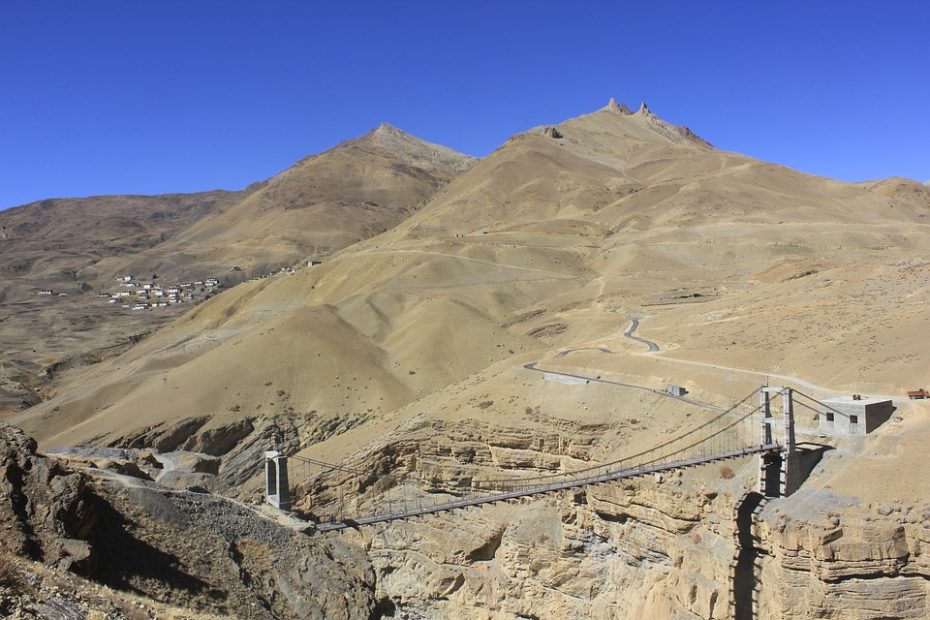
During winter, the town remains snowbound, but when the Purang La trade route opens up in the warmer months, Kibber is the highest motorable village in the world.
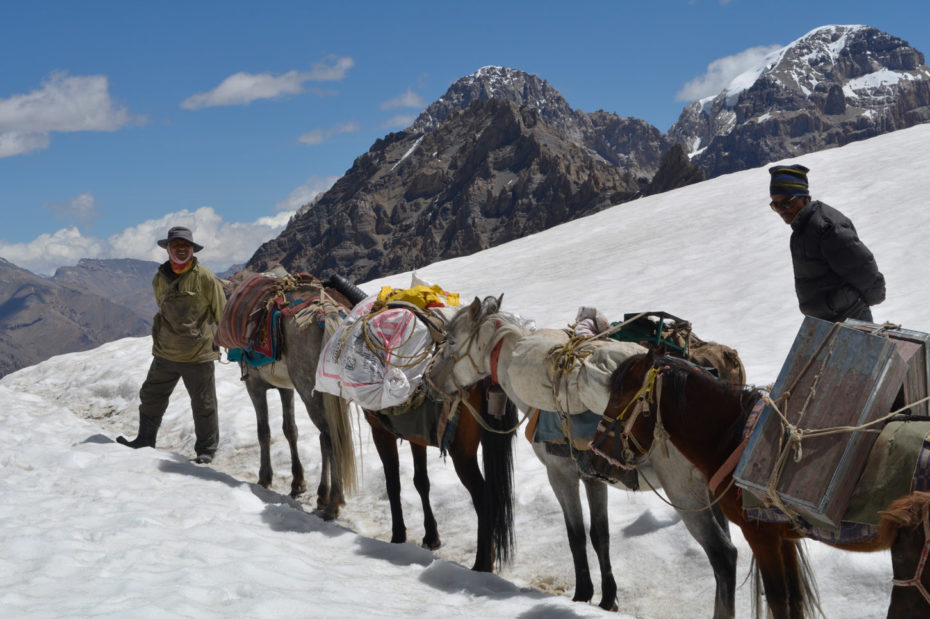
There is a highly recommended guest house in the village for those in search of a snow leopard.
Flash, England
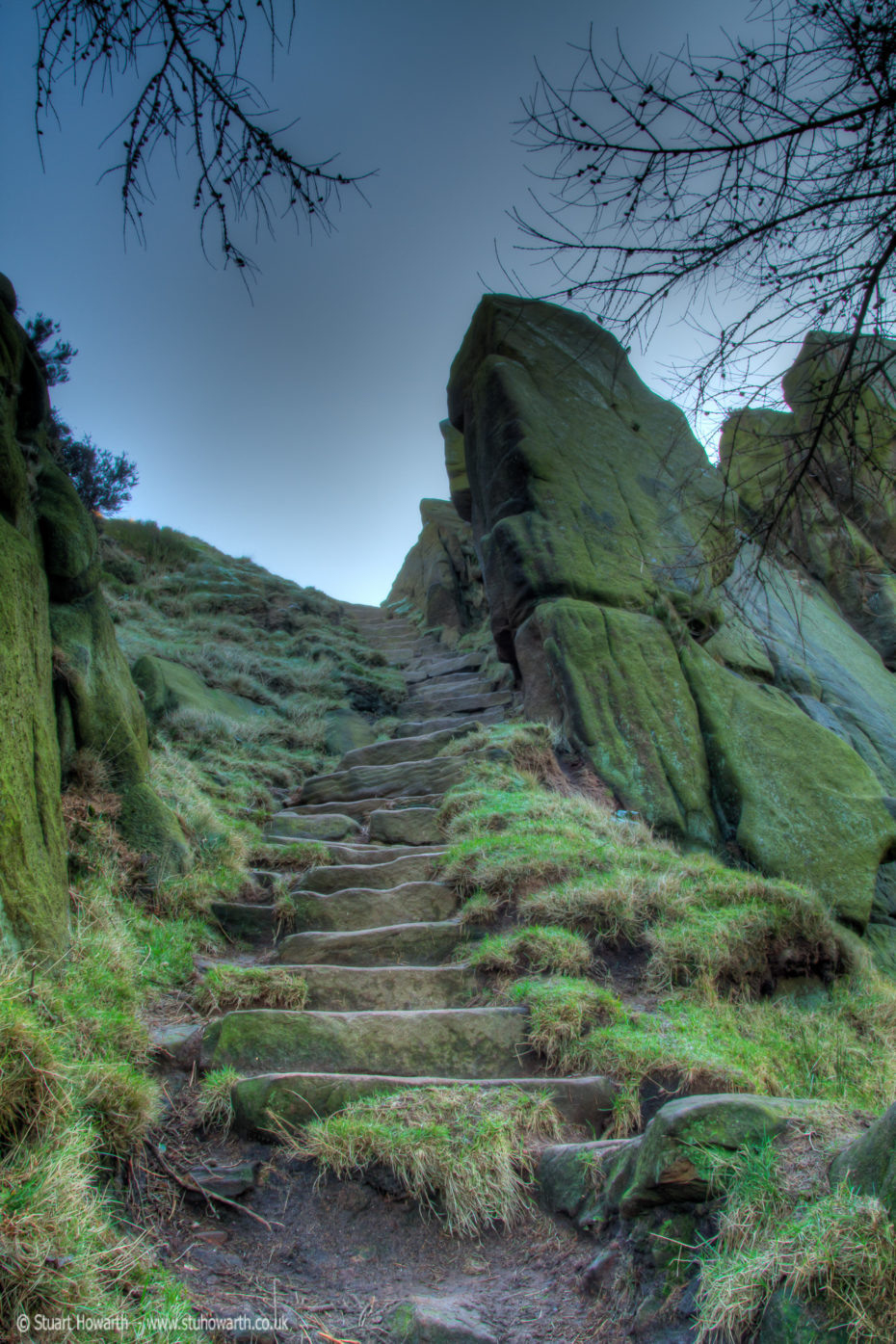
There is a village in the Peak District of Staffordshire, England called Flash (which I’m sure you’ll agree is an excellent name) and while it might not technically be in the cloud, it is currently the highest recognised village in the United Kingdom. It’s also rather charming in a “ye olde English village” sort of way, but it wasn’t always as innocent as it looks…
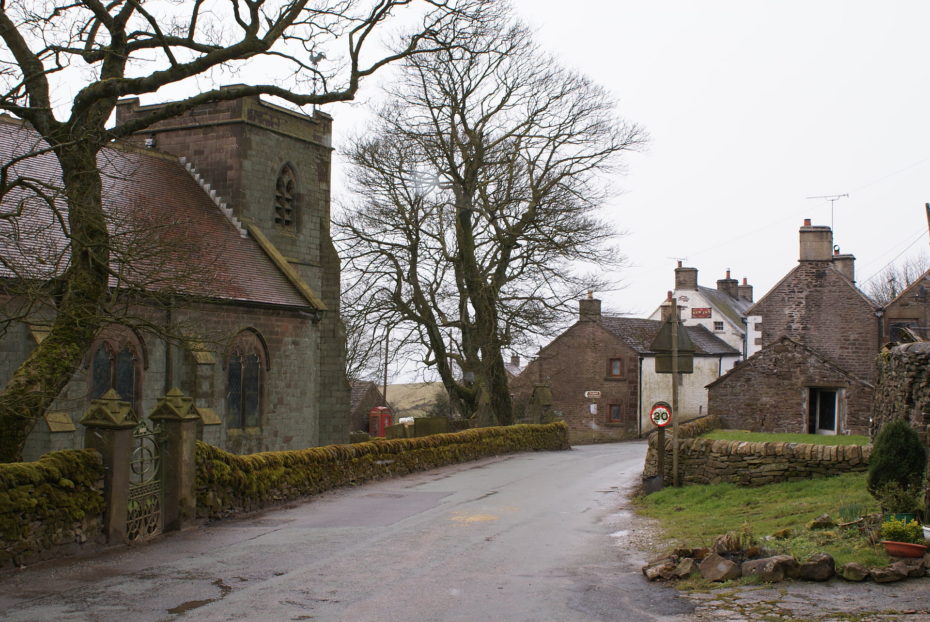
Being such an isolated village, Flash used to have quite the reputation a place for outlaws. Notorious for counterfeiting money and holding cock fighting, the mischievous residents of Flash would carry out their illegal trade at the nearby Three Shires Head bridge (pictured below)
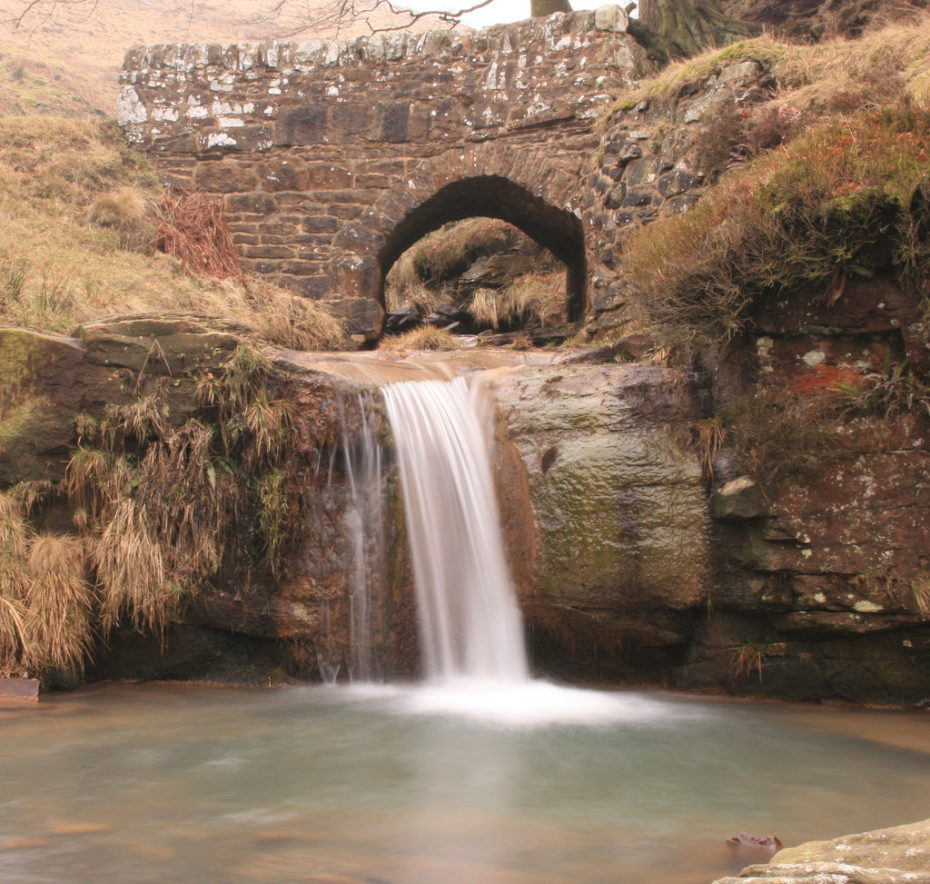
The Grade II-listed bridge and its 7 foot deep pools are free to swim in if can brave the cold.
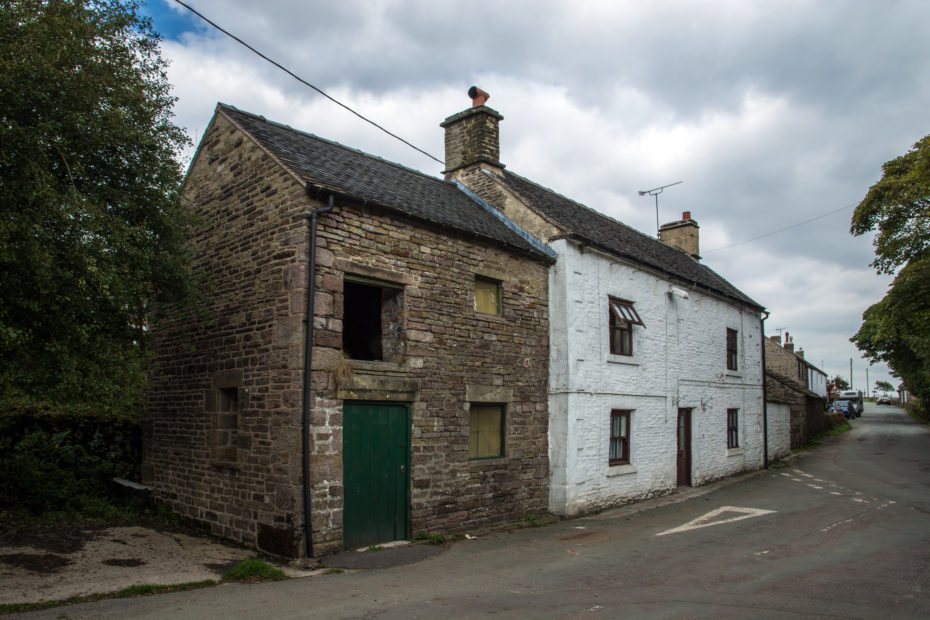
The village no longer has a school (attendance was too low at just 4 pupils) but Flash does currently have a village shop, a bar and a brewery. The surrounding countryside feels very “Princess Bride”.
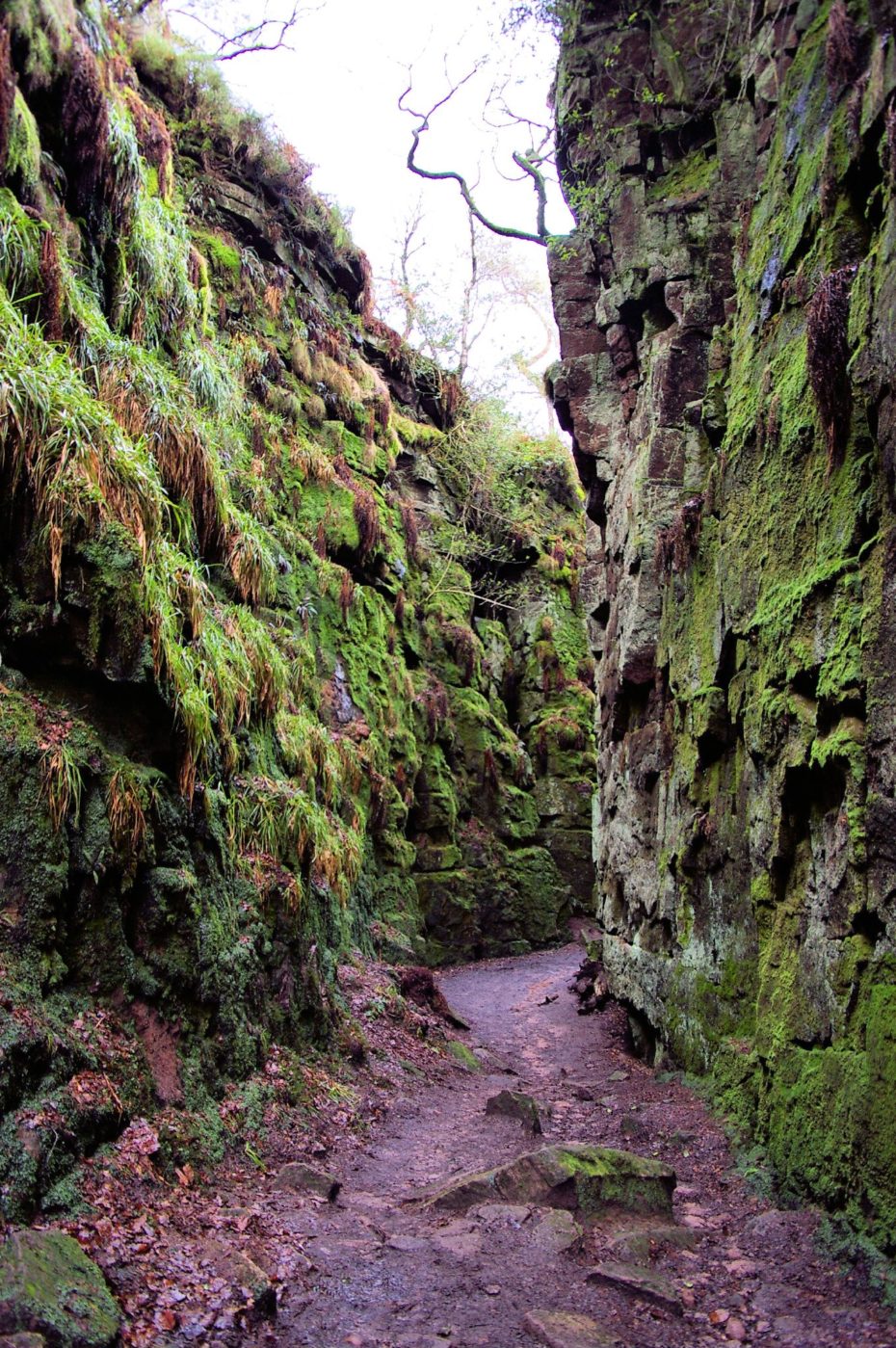
You can stay nearby in Buxton inside a shepherd’s hut (an English version of a gypsy vardo) or take it easy in the village while staying on a farm. There’s an old toy steam engine to ride through the area and the iconic Chatsworth House is just 15 miles away.
Saint-Véran, France
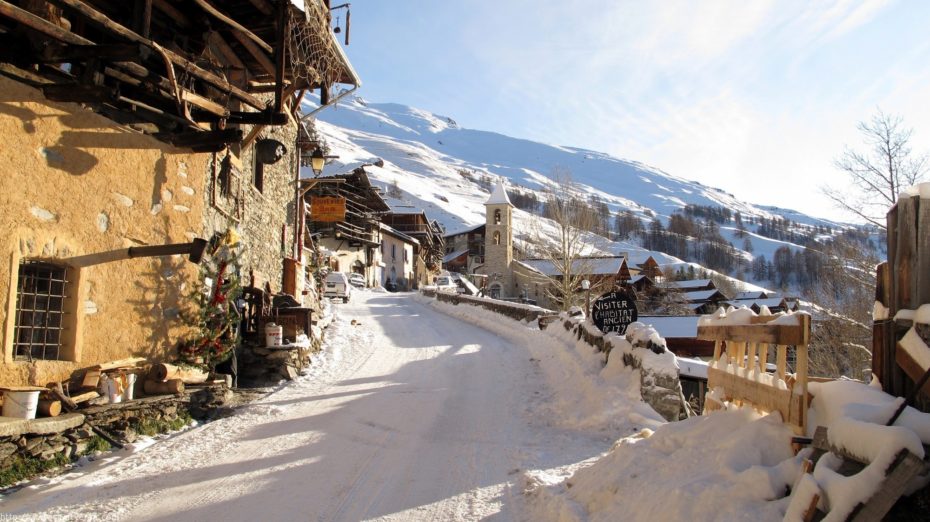
Located in the French Alps, Saint-Véran is counted among the “most beautiful villages in France” – which is actually a thing / an official list of villages awarded membership based on their looks (think of it like a beauty contest for charming villages). Member villages are judged regularly on certain criteria in order to keep their title. This one also just so happens to be the most elevated commune in France and the third highest village in Europe, after Italy’s Trepalle and Switzerland’s Juf.
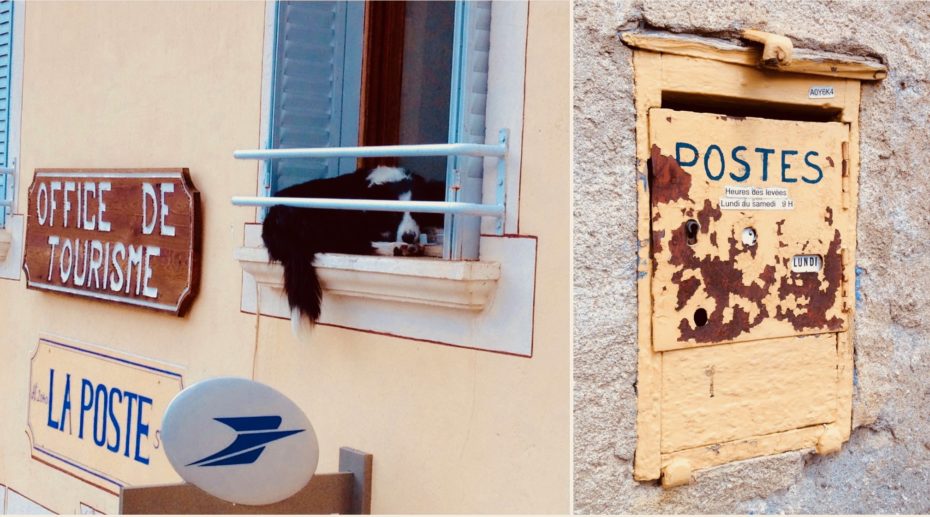
The sleepy village has a population of around 300 but in the interest of full disclosure, during peak season, there is a noticeable influx of tourism thanks to the aforementioned “most beautiful village” title, which can make Saint-Véran feel less sleepy and remote as these photos show.
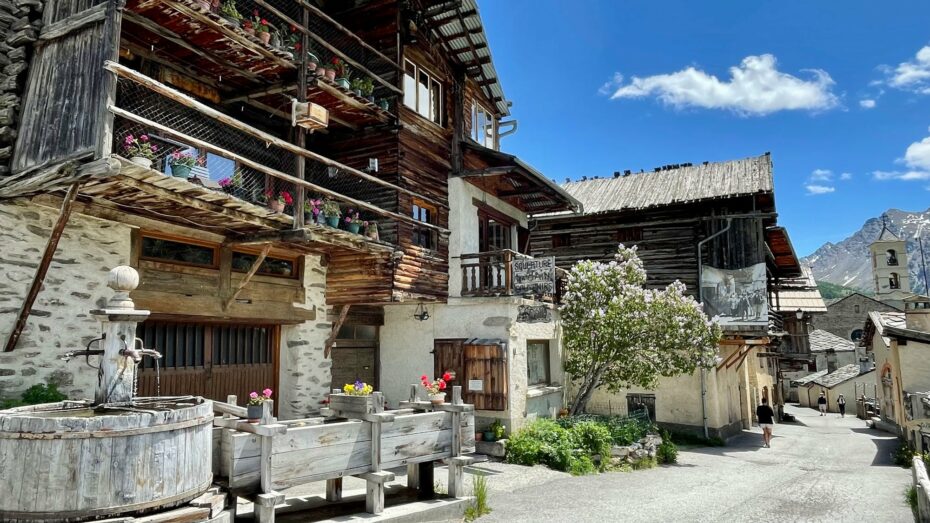
There are activities you might expect from an Alpine village, skiing, lots of cheese-eating, but also just watching sheep being herded by local shepherds, which is still very much a part of daily local life.
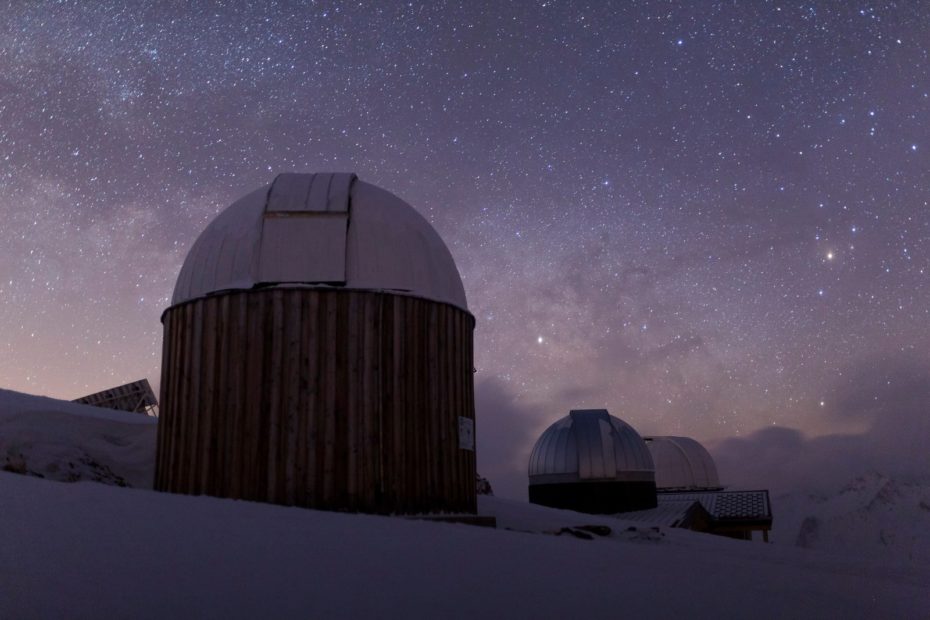
Of particular interest to us is the nearby observatory, built by the Observatoire de Paris which offers nocturnal stargazing at 3,000 feet. Open to the public during the season, your “night of discovery” can be booked here (use Google to translate the page).
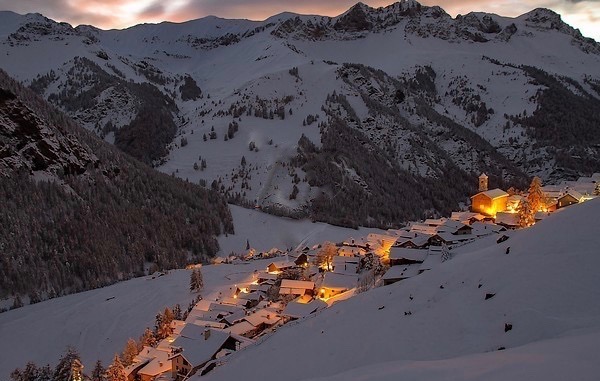
The town has two small hotels and three bed & breakfasts (more information here).
Sainte Catherine, Egypt
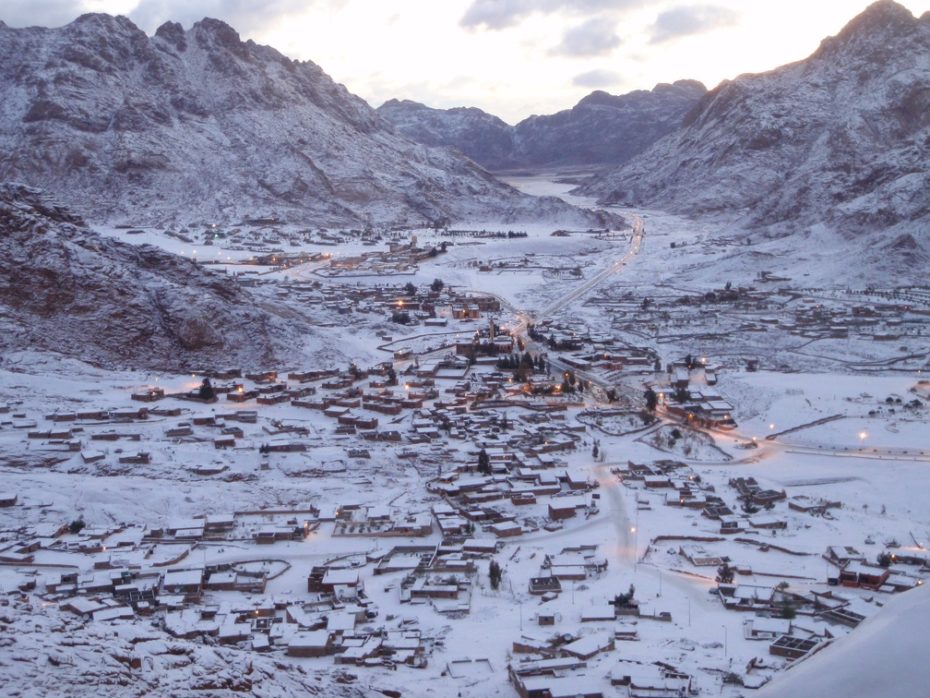
Who knew Egypt had snow?! Who knew its highest village was home to the world’s oldest library? Who knew that the burning bush Moses is believed to have seen is still growing out of the ground?! Saint Catherine lies at the foot of the Sinai mountains, aka the “Roof of Egypt”, where Egypt’s highest mountains are found. At the centre of the town, is an Orthodox Christian monastery built by an Eastern Roman Emperor in 565 AD. Historic and religious texts mention prophet Mohammed as the protector of the monastery and to this day, Saint Catherine is a place where people live in respect of all three major Abrahamic religions, Christianity, Islam and Judaism – even with less oxygen at an elevation of 5,203 ft.
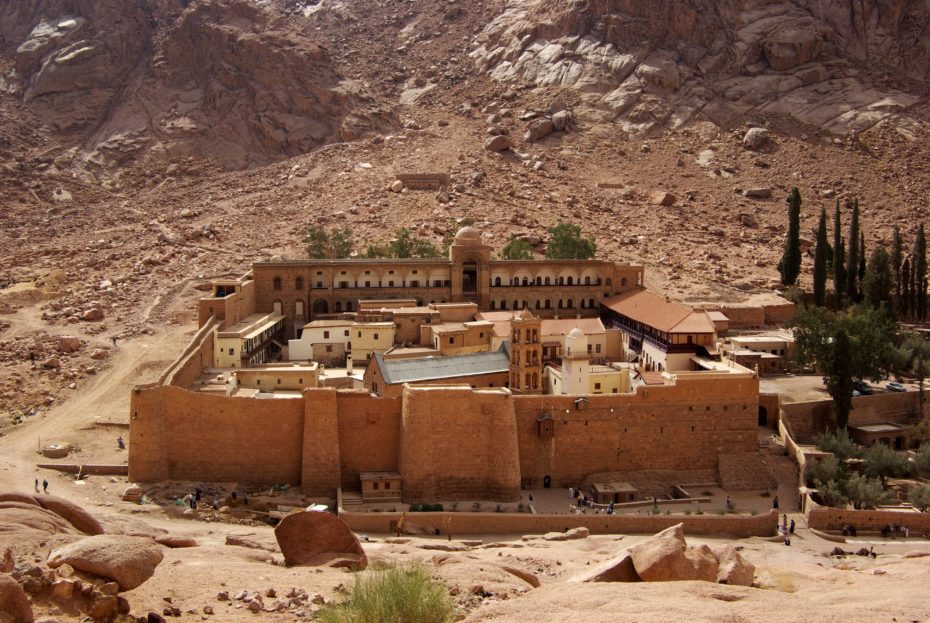
Saint Catherine is also home to the local Bedouin tribe, known as the Jebeliya, or ‘mountain people’ – descendants of Roman soldiers who’ve been building gardens, houses, water systems and other structures in these mountains for centuries. The town is sometimes referred to as the Bedouin’s secret garden, for the variety of species of plants and crops grow; almonds, apples, pears, apricots, peaches, figs, grapes. Flowers and medicinal herbs are grown in abundance.
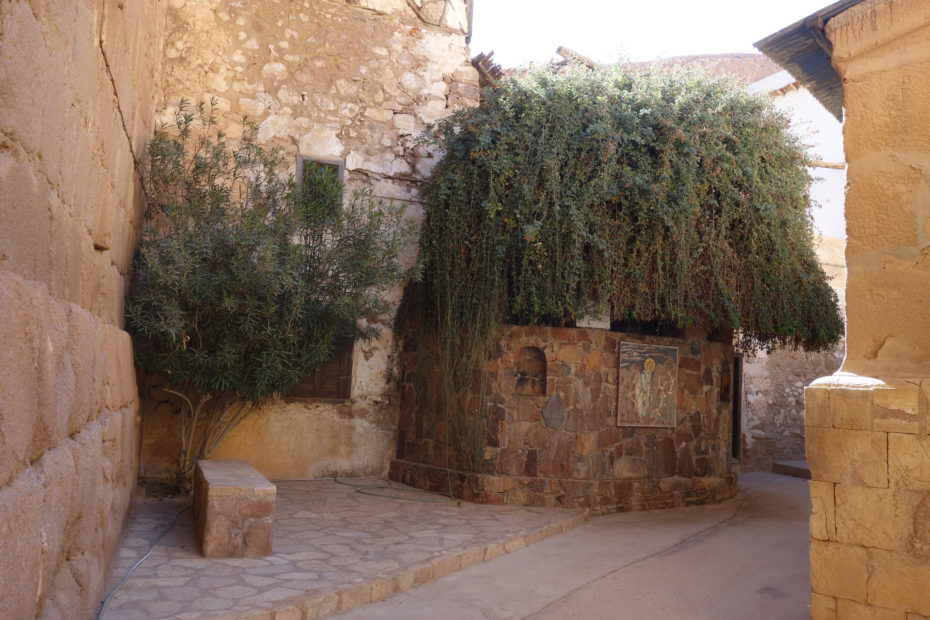
The monastery is a UNESCO world heritage site and one of the oldest working Christian monasteries in the world. It also contains the world’s oldest continually operating library with the second largest collection of early codices and manuscripts after the Vatican. This is the region where Moses is believed to have received the Ten Commandments and the monastery is built around the storied “burning bush”, which flourishes several meters away from he chapel where it was transplanted in order to build the Altar upon its roots. Pretty cool right? Oh and until the 12th century, access was through a door high in the outer walls (presumably reached by ladders).
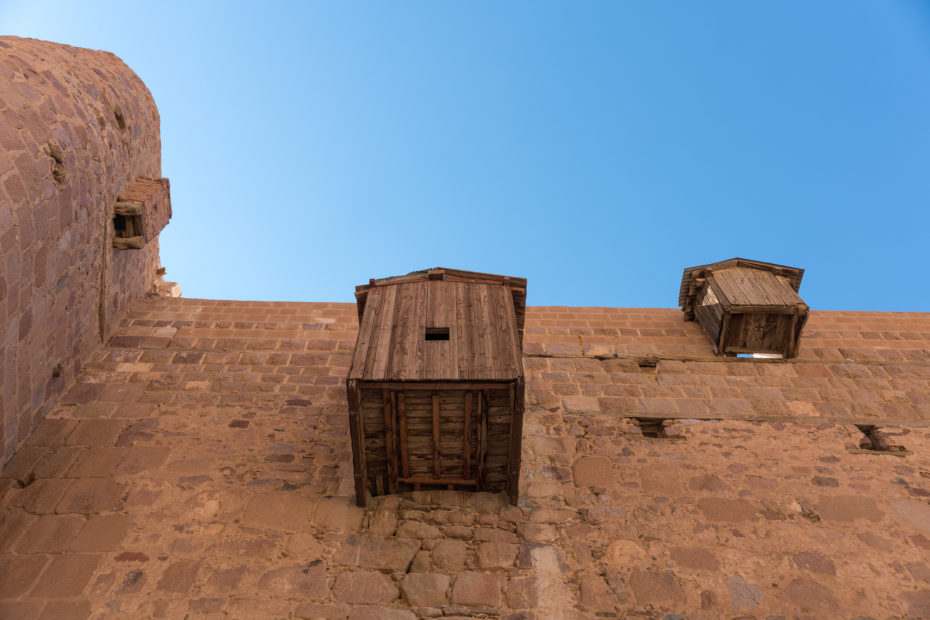
I quite like the look of The Bedouin Moon Hotel nearby on the seafront but there is a guest house just below the monastery. Trekkers prefer a winter hike during the months of December, January and February, when the region is covered in a light blanket of magical snow.
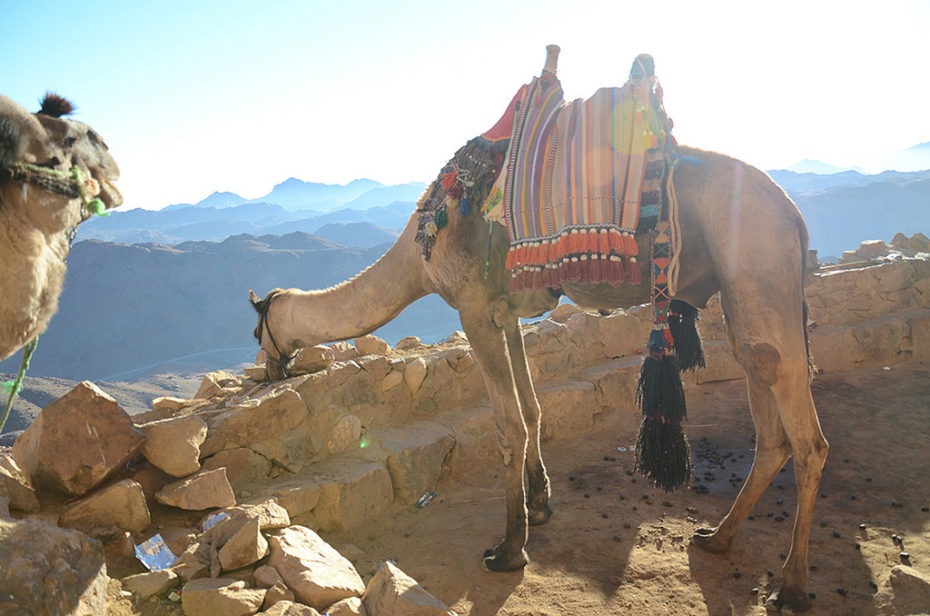
Find more travel information at Desert Eco Tours.
Speaking of Egypt – how about it seeing it through the lens of the early bird tourists a century ago? Or perhaps you fancy escaping to a Nubian Nirvana on the Nile.


